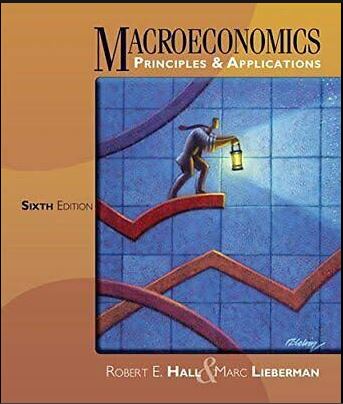
Microeconomics 6th Edition by Robert Hall, Shirley Kuiper, Marc Lieberman
Edition 6ISBN: 978-1133708735
Microeconomics 6th Edition by Robert Hall, Shirley Kuiper, Marc Lieberman
Edition 6ISBN: 978-1133708735 Exercise 12
In Figure 1,we assumed that the 2,000 lessons available would be purchased by those who value them most (i.e.,those who would get the most surplus from them). But one problem with price ceilings is that available supplies are sometimes allocated haphazardly,so that some consumers who value the good less are able to buy it,while others who value it more are not. Redo the analysis of the price ceiling of $15 in Figure,this time under the (extreme)assumption that the 2,000 consumers who value lessons the least (but are willing to pay $15 or more)end up getting them. Specifically:
a. Identify the new area representing consumer surplus after the price ceiling.
b. Identify the new area representing the deadweight loss after the price ceiling.
c. Evaluate the following statement: "The unshaded triangles in the original Figure show the maximum deadweight loss we would expect from a price ceiling in that market." True or false? Explain.
Figure 1 The Inefficiency of a Price Ceiling

a. Identify the new area representing consumer surplus after the price ceiling.
b. Identify the new area representing the deadweight loss after the price ceiling.
c. Evaluate the following statement: "The unshaded triangles in the original Figure show the maximum deadweight loss we would expect from a price ceiling in that market." True or false? Explain.
Figure 1 The Inefficiency of a Price Ceiling

Explanation

This question doesn’t have an expert verified answer yet, let Examlex AI Copilot help.
Microeconomics 6th Edition by Robert Hall, Shirley Kuiper, Marc Lieberman
Why don’t you like this exercise?
Other Minimum 8 character and maximum 255 character
Character 255


